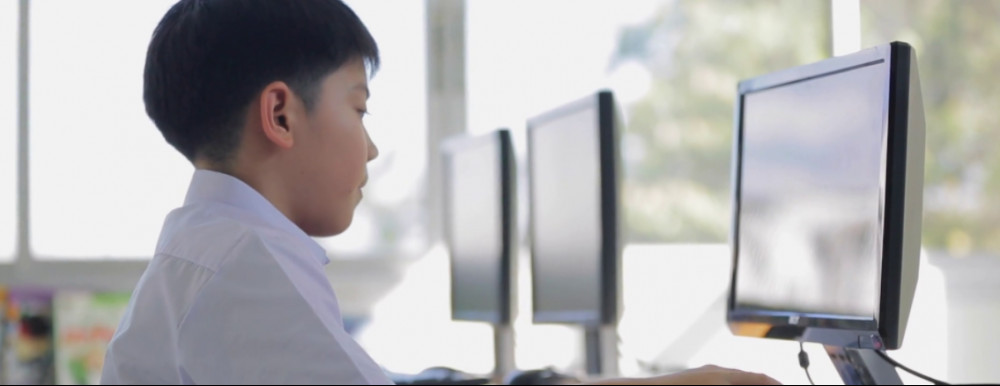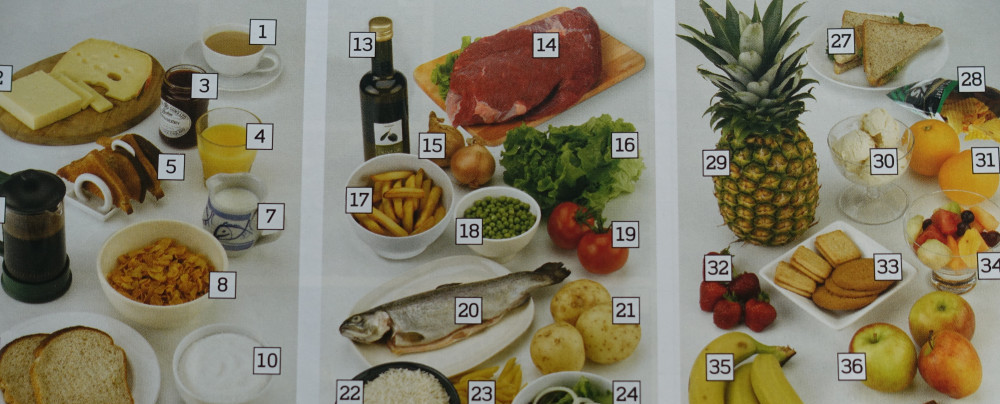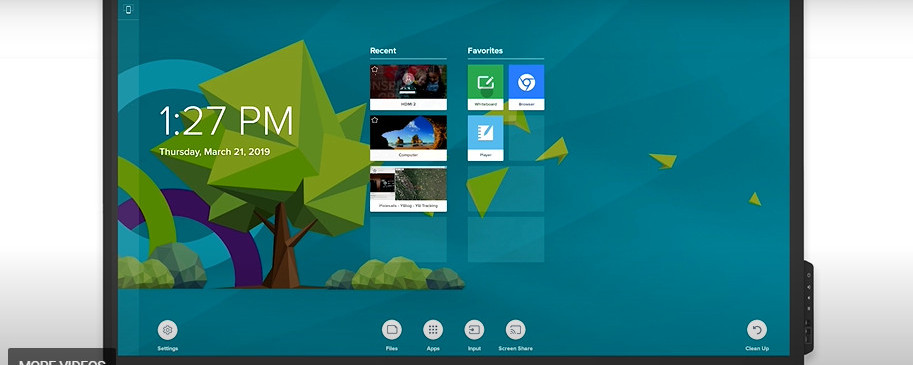The Importance of the ABC.
Do you still think teaching the alphabet is worthwhile or just an excuse to fill in time in the classroom? Do you get sick of hearing the sing-song of the young students attempted at the ABC and then appalled when they can’t say it without singing?
I think the ABC is like the foundations of a house, if you have bad foundations your house is not structurally sound and it is the same for your younger and older students. Why is it important, let me explain.
Why is it important?
What is the alphabet, and why should our students learn it? The alphabet is nothing more than a set of letters and sounds. . The ABCs are the foundations of language exactly like the foundations of a house give the structural integrity to the whole house.
Our students must be able to recognize each letter, both in sequence and out of order, as well as the sounds associated with every letter, in order to become literate. Once your student has such understanding, he or she is well on their way to learning to read and write.
So, if we agree that learning the ABC’s and teaching the ABC’s are still important, how can we as teachers teach the alphabet effectively?
How to Teach The ABC’s.
This can be either a fun activity for your students or turn into one of the most boring lessons ever depending on your approach or teaching style.
Teachers can engage students in a variety of activities to help them learn the alphabet. Some of this learning may happen as a result of life experiences, things you know that can be fun and passed onto your students. Specific alphabet resources, such as puzzles and matching games, might provide additional learning opportunities.
Children will appreciate using specialized alphabet materials if they are simply one aspect of a larger literacy curriculum because they will know which experiences in the world they relate to. Children find learning the alphabet dull and useless only when it is taught in a restricted, linear,’skills-first’ manner.
This can happen, for example, if the teaching methodology consists of studying one letter each week for the entire school year, or writing one letter on a workbook page repeatedly each day. However, there is no necessity to learn the letters in this manner. These days, there are so many alternatives and better ways to do it.

Lessons for Teaching the Alphabet.
Students must learn to recognize and name the letters, both in and out of sequence, as well as the sounds associated with each letter, as the alphabet is the cornerstone of literacy.
Begin with the basics. Don’t attempt to teach all 26 letters at the same time. Simply do 5-6 letters at a time, allowing your pupils to see, hear, and experience the letter in a variety of ways.
Remember that children learn via all of their senses, so while books can be great, teach the ABCs using a variety of tactics and materials. Use ABC blocks, coloring pages, ABC mats, and even play dough to learn the alphabet.
The most crucial piece of advice is to have fun with it. Make it a game for your students, and they’ll enjoy learning with you.
Alphabet Teaching Resources.
As teachers, we are spoilt with the ever-increasing amount of resources we can use to teach the alphabet. In my 15 years of teaching ESL in Vietnam, there have never been so many different tools we can use. Mixing it up and making it fun is the name of the game. Here are a few of the many tools you can use. From apps to coloring pages, online games, PowerPoint, and a plethora of other tools, here are some of my favorites.
Apps.

Children will enjoy learning phonics and the alphabet with ABC Kids, a free phonics and alphabet app. It includes a series of tracing games designed to help children recognize letter shapes, link them with phonic sounds, and apply their alphabet knowledge in entertaining matching activities.
By just following the arrows with their finger, any young student can learn English and the English alphabet. As kids complete tracing games, they can even “win” stickers and toys.
Online Games

The British Council website has so much to offer, not just the alphabet. Here you can make your own flashcards or worksheets, listen to songs and so much more. A wonderful site put together by teaching professionals.
Websites for Worksheets.

One of my all-time favorites that I keep coming back to, even after 15 years I find things on this site that are new to me. Again, it offers so much more than your basic worksheets. Well worth a look and definitely a useful site.
These are just a few of the many websites and apps that you can use to keep your students interested and excited about learning. You can also look here at “Online Teachers Tools” for more ideas.
Teaching the Alphabet in the Classroom.
Before teaching the alphabet consider the age of the student. You would not teach adults the same way as teaching young learners. Teaching adults is in some ways easier as the motivation to learn has already been established by the student, otherwise they would not be in the classroom. Teaching adults is mainly making sure that the pronunciation is correct as I put the onus on learning the alphabet onto the adult student.
However with your younger student you must create the reason for learning and that reason will be “fun”. We have to make the learning experience fun and exciting for the students.
Also remember the attention span of the younger student is not very long so you need to have sets of, approximately, 10 minute maximum activities.
Techniques I Use to Teach the ABC.
For the very young student, kindergarten or pre-school, I will use as one tool an animal ABC song that you can find on YouTube. The Animal ABC Song. 
Flashcards.
Memory.
Flashcards are another “oldie but goodie” tool to use. With flashcards, you can play a myriad of games. From placing them face down and getting students to find the correct letter. A flashcard version of the old ‘memory game“
To make it more exciting place your students in teams. Boys verse girls always works well. Then place no more than 10 cards face down and call out one letter. Lets say you are using A to J, then you may call out A for example. Then each team has alternate turns in trying to find that letter. A point is scored for each letter “found”
You can also “tweak” this game by adding 2 sets of flashcards and the participants must match A with A, B with B etc. Be aware that this version can take longer so adjust your lesson times accordingly. Scoring remains the same.
4 Corners
A very simple game where you choose 4 flashcards or 4 letters in this case and place them in the corners of the room. You then call out 1 letter, and the last student to touch the card or stand within a set boundary must sit down and are “out” of the game.
You need a good size room and should be able to clear the floor of all chairs etc. This is a fast paced game and watch out that the students don’t push or accidentally hurt one another.
Guess the Card
Similar to the memory game, but rather than placing the cards face down you hold them against your chest. You can make this a lot of fun by kidding with the students as to what you have or not in your hand.
ABC animal/ ABC food/ ABC Country.
I use this not so much as a teaching tool but more as a task for remembering and introducing new words for the higher grades and older learners. By this I mean 10 to 12-year-olds.
Once again, I will split the class into 2 groups and points will be scored only when a student gets the answer wrong. For example, if A team gets the answer wrong, B team will collect the point.
If you try to give a point for all correct answers your back will be towards the class for far too long.
So if you choose ABC food, the teams must alternate in their answers with the correct responses being A- apple, B-banana, C- coconut, etc. I also put a time limit of 3 seconds for the answer and penalize any shout-outs.
I don’t prompt the alphabet and each person on the team must be able to both recite their ABC’s and find the correct name of food, animal, or country for their answer.
The students have a lot of fun with this game and it has become very popular and is a great way to get the students to remember their ABC’s.
ABC Listen and Write.
Two teams and points scored on the accuracy of the listening and writing skills.

All you need for this game is a sheet of paper for each student and a whiteboard the students can copy their work to.
The students are given a sheet of paper, preferably pre-drawn, with numbers from 1 to 7 in the corresponding columns. (as shown). The teacher then reads out any letter from A to Z and the students must copy in the correct column.
You might say, number 1 letter S, number 2 letter X, number 3 letter B, number 4 letter P, and so on. Once both teams ( As individuals) have written down all the letters from 1 to 7 you will choose one person to copy the letters to the board. They will get one point for each correct letter.
I have played this game with children as young as 7 who picked up the rules very quickly. You will need to do one game as an example first so your students understand.
This is a great listening skills game and it also reinforces letter recognition. You will find this helps students recognize some of the similar-sounding letters like P’s and B’s and S’s and X’s.
A popular game with great listening skill outcomes for the students.
Conclusion.
There are so many ways you can teach the alphabet to make it interesting and fun. The above are only a few ways that I use for my students. Some of the best games are those you make up yourself. Never be scared to try something new because your students will respond positively to something that is fun.
And for the younger student change your activities frequently so they don’t get bored. It is a terrible feeling if you look around and see your students yawning.
And who am I?
My name is Stephen and I have been teaching in Vietnam for 15 years and have my own school as well as placing students into private and public schools around Vietnam.
If you wish you can look at my Alphabet video by clicking on the YouTube button below. And if you wish to support my website, subscribe to my YouTube channel. It doesn’t cost you anything. Thanks.
Any or all links on this site may be affiliate links, and if you purchase something through those links I will make a small commission on them.
There will be no extra cost to you and at times due to my affiliation, you could actually save money.
You can read our full affiliate disclosure here.
.














































